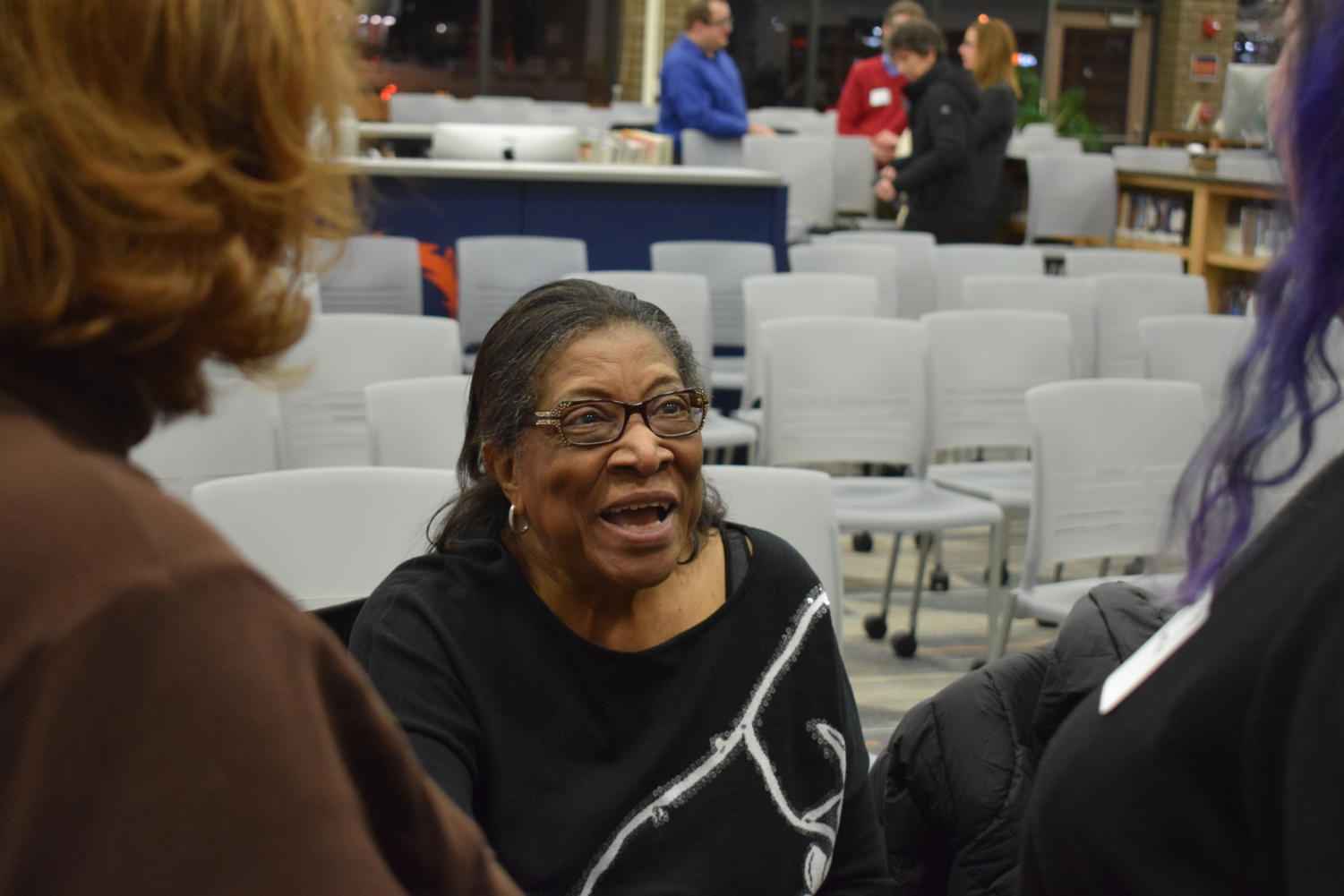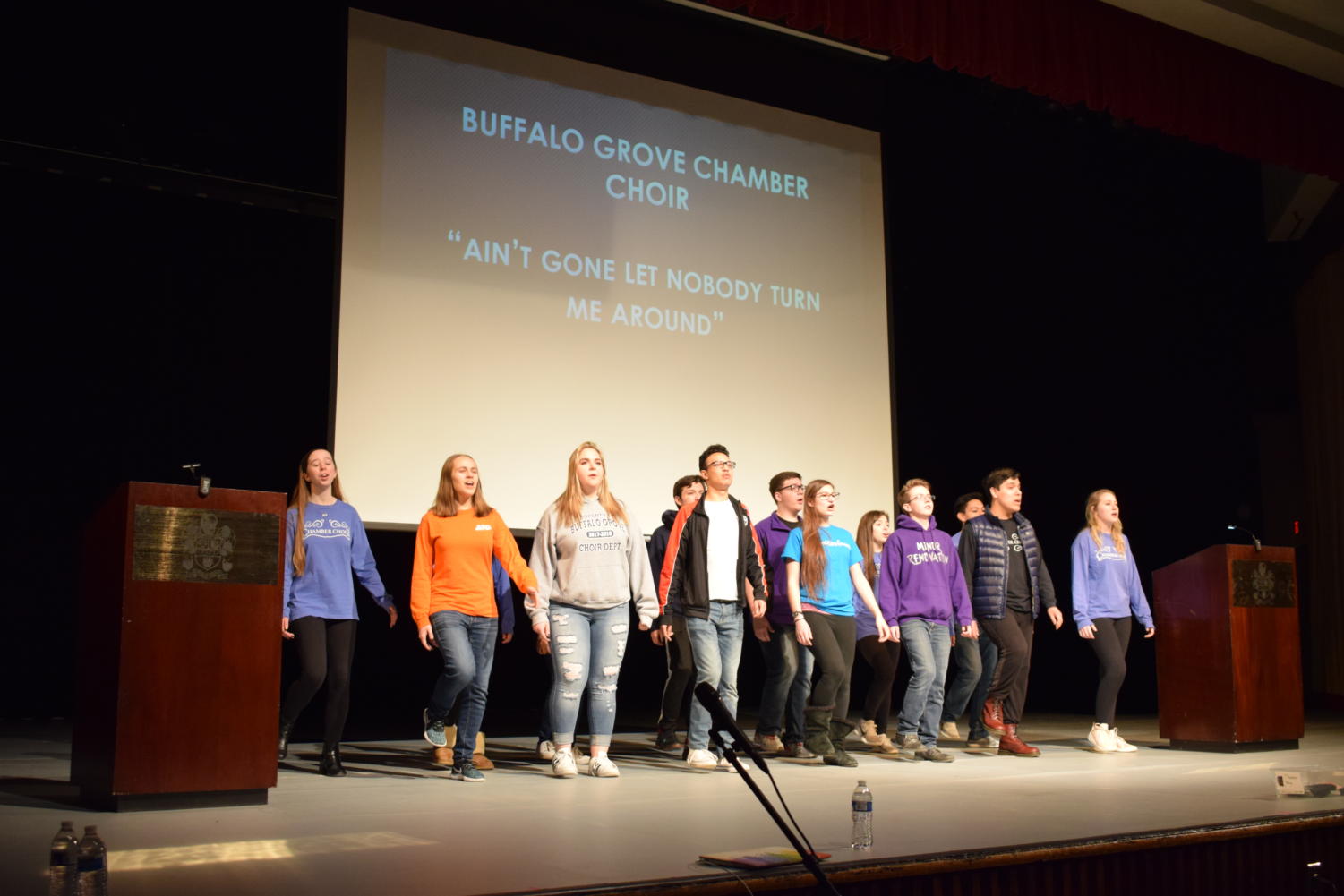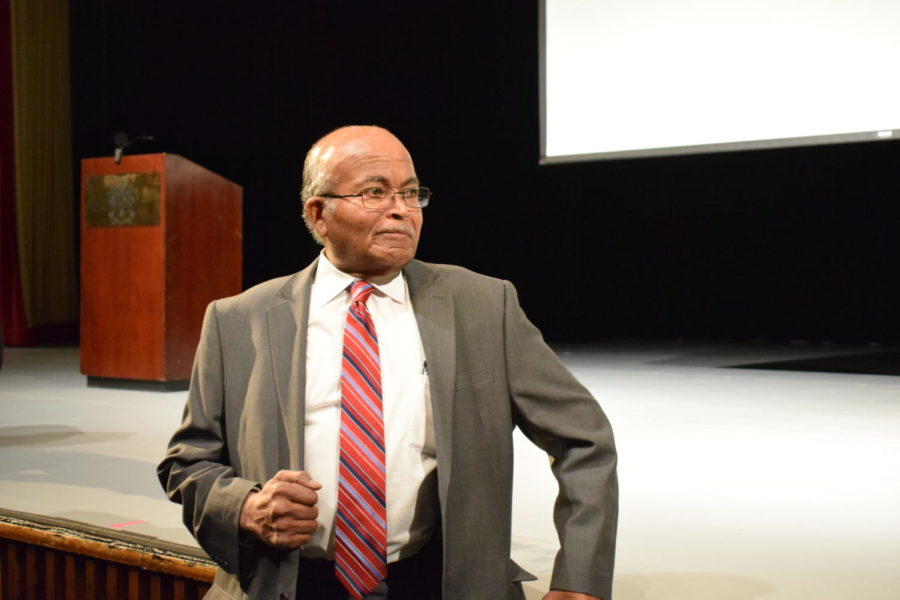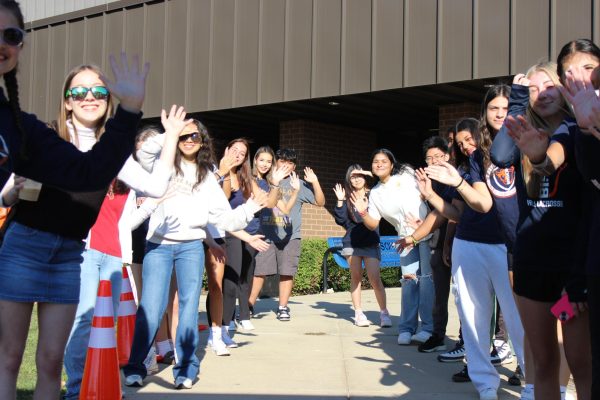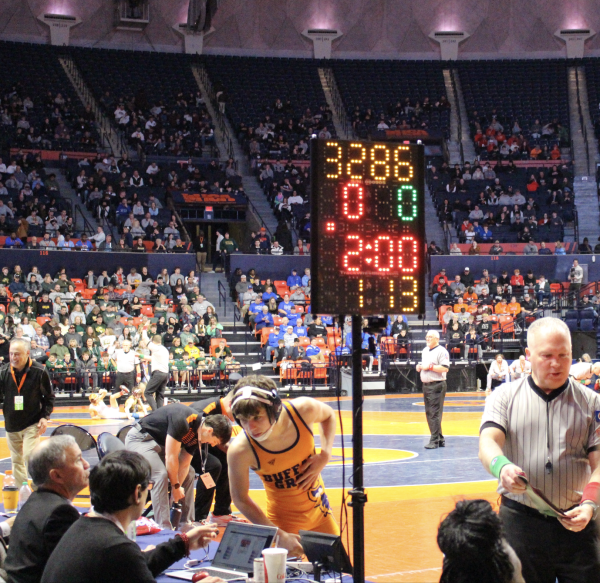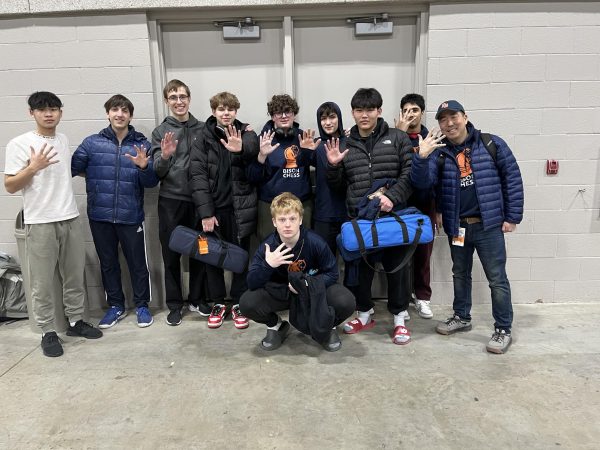“Badness doesn’t come in color, it comes in people.”
Freedom Rider Thomas Armstrong visits BG along with traveling exhibit
On Jan. 16 under the guidance of English teacher, Ami Relf in collaboration with the Gilderlerman Institute of American History, PBS, National Endowment for the Humanities, American Experience, and the D214 Foundation, The Freedom Riders traveling exhibit launched in the BG library along with a forum for all junior students during seventh and eighth hour. This exhibit showcases a momentous civil rights campaign from the 60’s in which individuals of all races, genders, and creeds banned together to protest segregation in terminals and on buses in the South.
The initial kick-off included both an in-school presentation and community event later that evening including guest speaker and actual Freedom Rider Thomas Armstrong. Additionally, other panelists were involved including Harper college history professor Robert Allare as well as University of Wisconsin professor B.J. Hollars. Relf moderated both events with assistance from other members of the Freedom Rider Forum committee including history teachers Matt Myers and Diane Baldwin, Library Media Specialist Kim Miklusak and English teacher Stefanie McCleish.
Thomas Armstrong spoke of his initial experiences of systemic racism, prejudice and a brooding “badness”’ that plagued the south at the time. He strikingly described it as, “my first independent meeting with Jim Crow,” when he was refused service at a Dairy Queen near his home town because he was African American. He began as a student at Tougaloo College helping fellow students and African Americans get registered for voting and eventually joined the Freedom Rides. Doing so was very dangerous in the south at that time, so it was a secretive and tight-lipped operation.
Armstrong described the risks of potentially being caught, arrested, beaten, or killed, much of which, in many cases, did happen to the Freedom Riders on their bus routes. Protesters of the Rides would meet them at stops and bloodily assault the passengers and even attempt to set buses on fire. Historical instances of this violence occurred on the Atlanta, Georgia and Birmingham, Alabama stops on the bus route. Because Armstrong was already in the face of peril doing voter registration, he was not afraid to become a Freedom Rider despite the treacherous journey and risks.
“Becoming a Freedom Rider wasn’t a huge step for me,”, Armstrong said.
An important lesson in Armstrong’s speech was dedicated and related to the diversity of all the Freedom Riders. There were all different races, men, women, ages, and it was this diversity that contrived national sympathy from an otherwise uninformed and ignorant public. This was the first civil rights campaign that truly displayed racial unity between the warring Whites and African Americans in the US and young adults were at the wheel.
“Young people had been at the helm of the movement. Throughout history, young people were the revolutionaries. The Freedom Riders were not an anomaly, it was something that had to happen and was a long time coming,” Relf said. “Martin Luther King was appointed to lead the civil rights movement in Montgomery at just 26. The Children’s March was a march by kids as young as 7 and 8 who protested Bull Connor and advocated for civil rights efforts in Birmingham, Alabama.”
As Armstrong was speaking he described the audience as a reflection of the diversity of the Freedom Riders themselves, even comparing the infamous mugshots from the attacks and arrests of those protesting on the buses to audience members. He used this observation to get across one of the most pertinent lessons of his speech.
“Cooperation equals Freedom,” Armstrong said.
As this collaboration among diverse groups was part of the success of this movement, he also noted that the “foot soldiers”, protestors as young as 17, who came out and put their lives at risk were pivotal for the protest.
“Diversity was instrumentally done by James Farmer, one of the brain childs of the movement. He wanted it to be globally and nationally seen as an interracial movement,” Relf said.
Today we see many college students standing up for their own movements such as the Free Speech Movement at University of California at Berkeley and the Teach-In Anti-War social movement at the University of Michigan.
“I see a bunch of college students trying to focus on social problems by posting on social media, protesting, making clubs and organizations,” junior Cristian Sanchez said.
This message was moving and directly geared for the students listening, young students in their ideological prime that will soon be given the right to vote and participate in all aspects of our nation and society including the sometimes unfair ones, like prejudice and racism.
“The civil rights movement was a success because of young people,” Armstrong said. “Had it not been for them, the movement would not have been a success. Young people are leaders that can make changes and make things better for people.”
Armstrong asked students to look themselves in the mirror every morning to ask, “Who am I? Why am I here?” He reiterated the message of young people being leaders and catalysts of societal change.
At the end of his speech on opening night to the community, an audience member spoke out with vivid and heartfelt accounts of witnessing Freedom Riders getting treatment in the hospital after being beaten savagely. This audience member was Cleona Relf, mother of BG teacher and moderator of the presentations.
- Relf left the audience with words of wisdom only exaggerating the points of Armstrong and illuminating unity:
“Badness doesn’t come in color, it comes in people,” C. Relf said.
